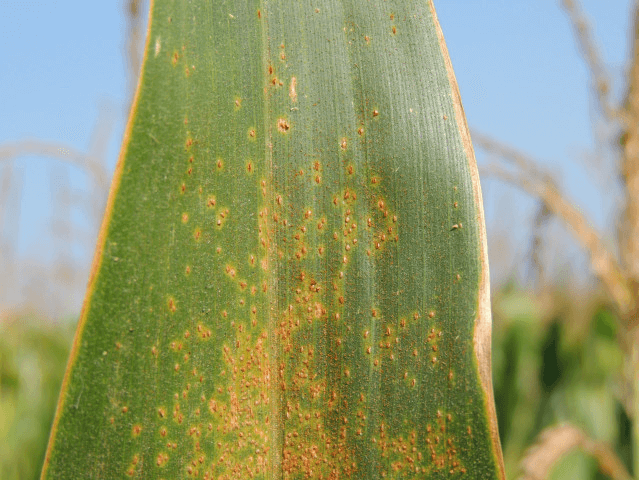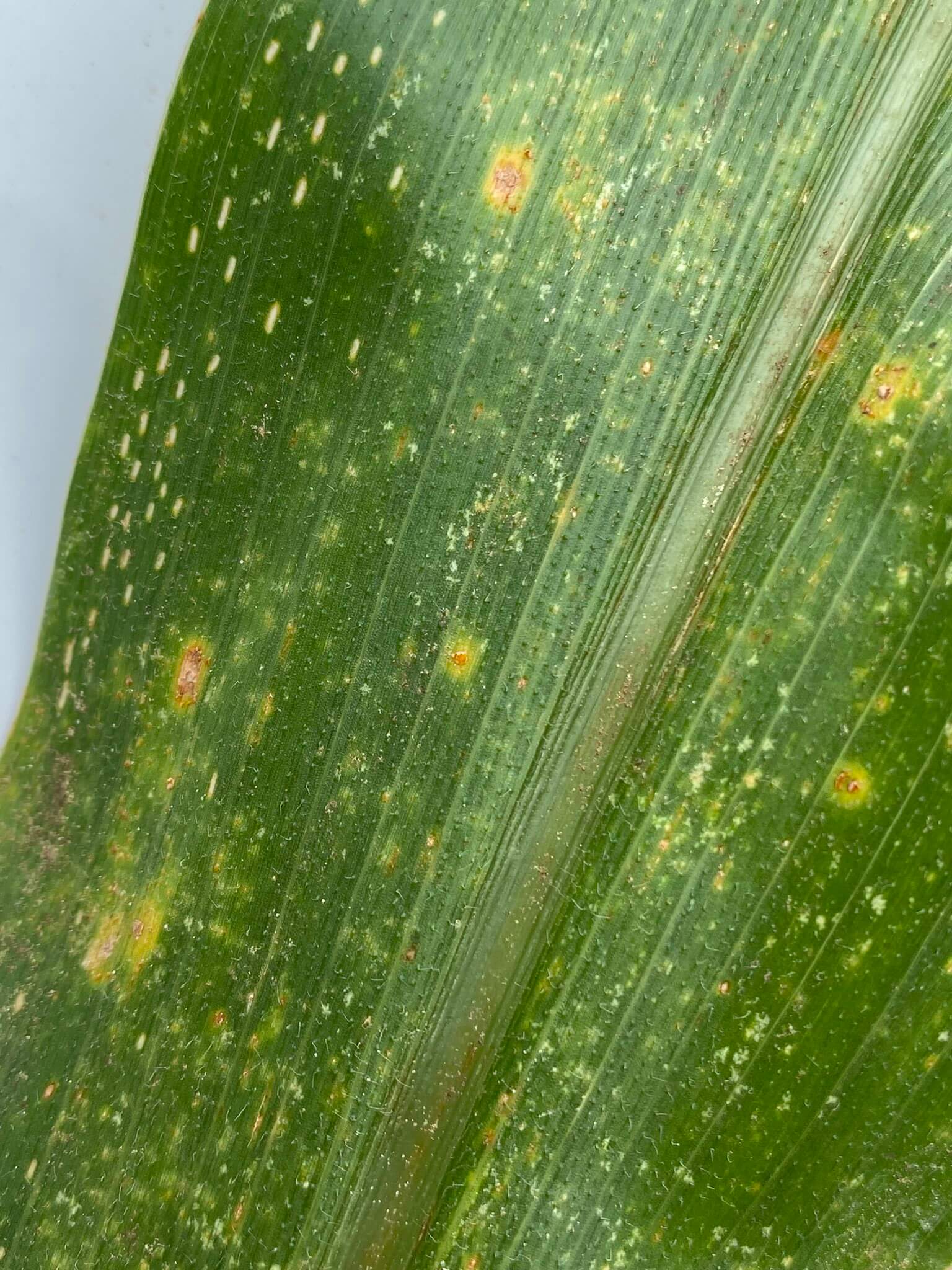 CAES News
CAES News
Southern Corn Rust
The first cases of southern corn rust for the 2023 growing season were discovered on Tuesday, June 20 and Wednesday June 21 in Clinch and Grady Counties , along the Georgia-Florida line. University of Georgia Extension experts are encouraging producers to be diligent in scouting for the fast-spreading disease among their corn crops.


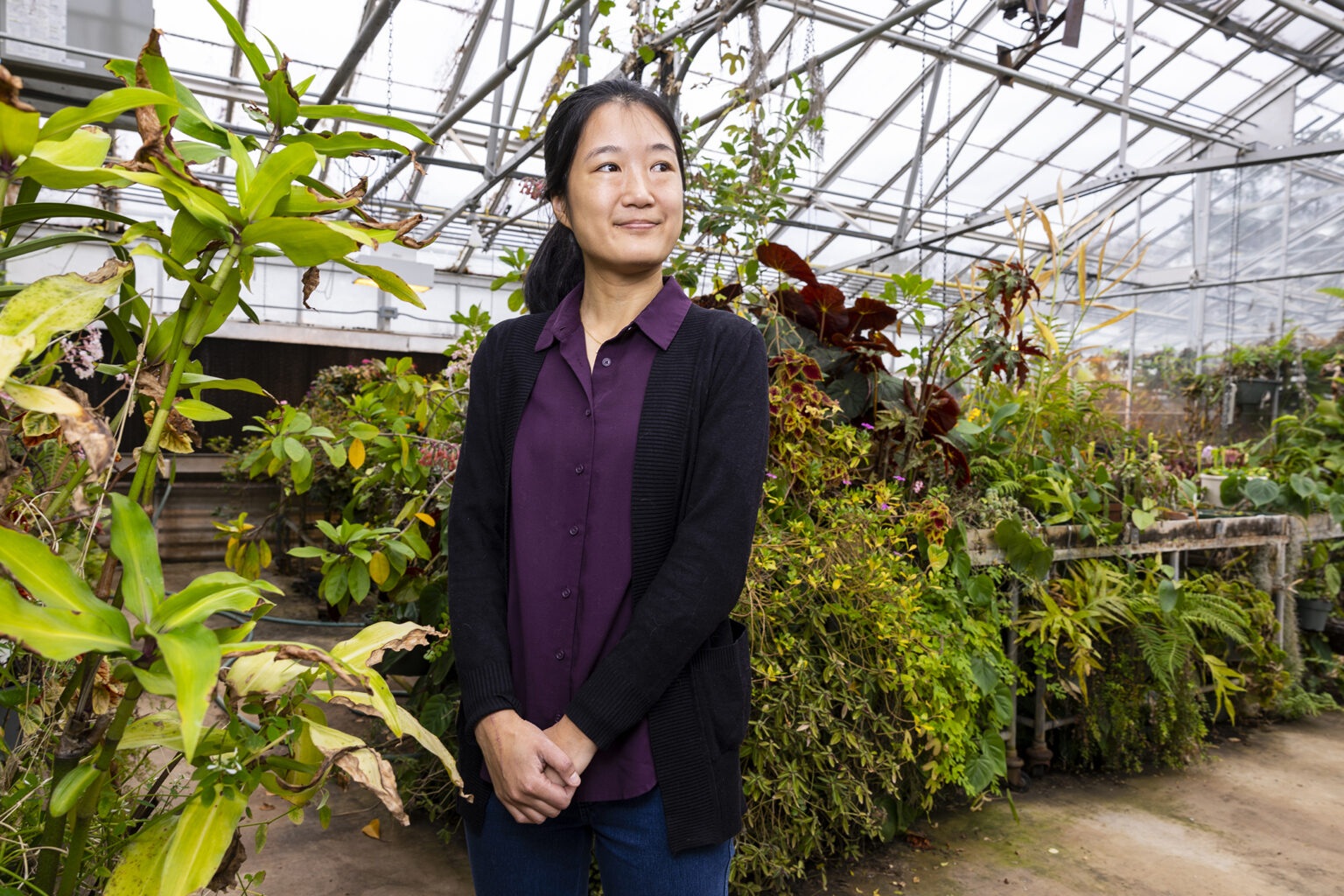
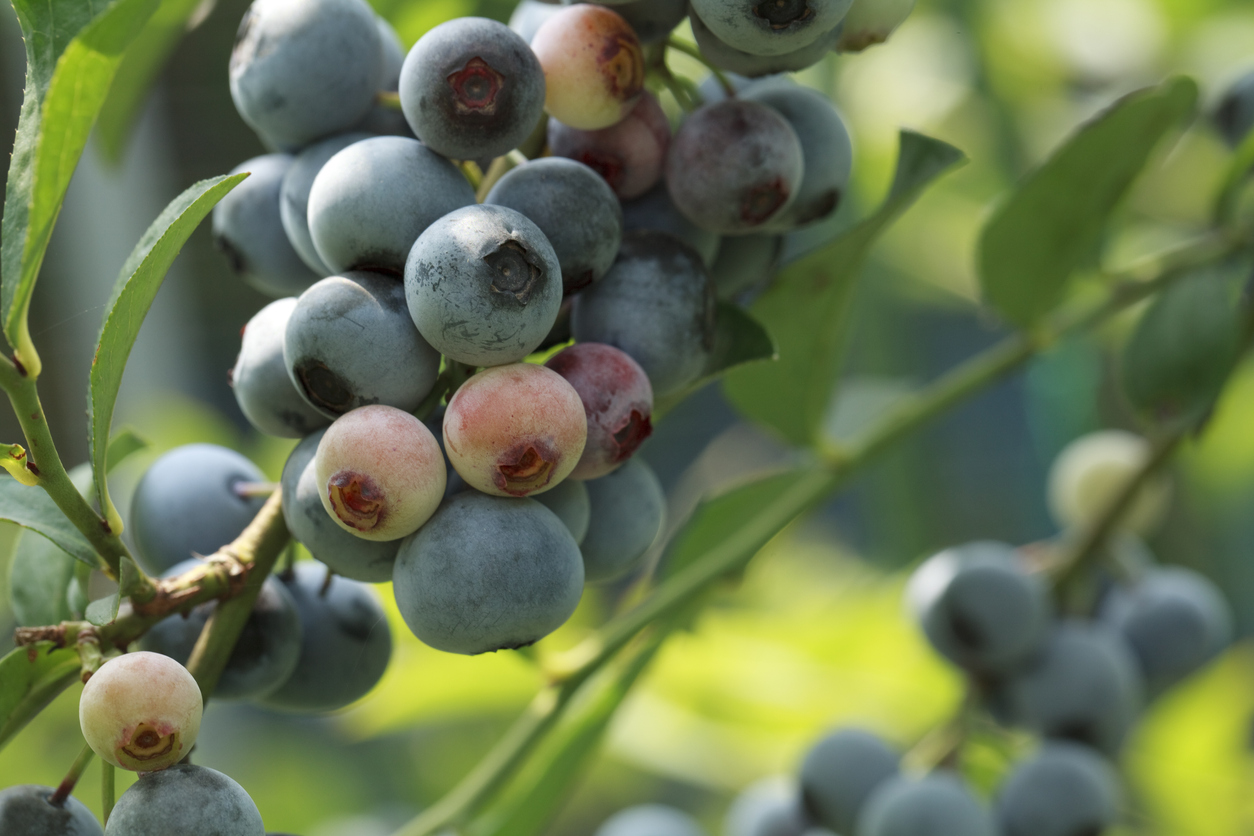
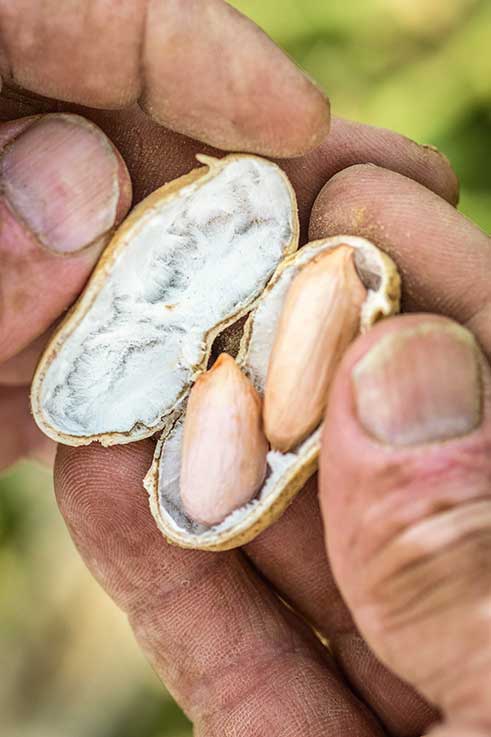
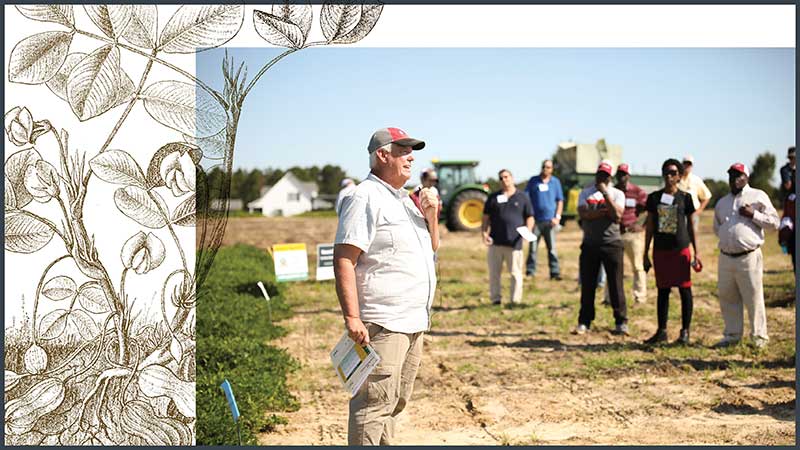
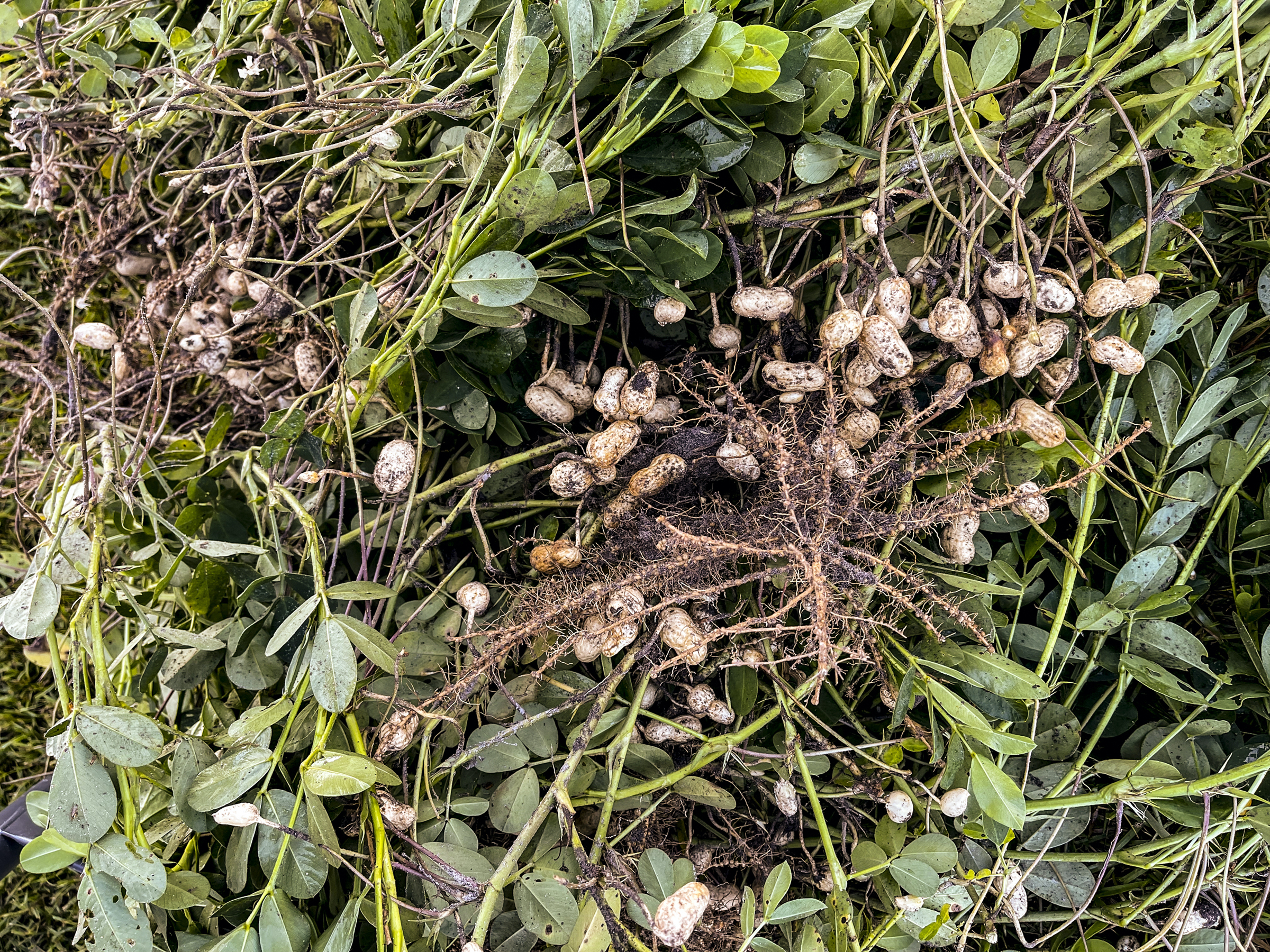
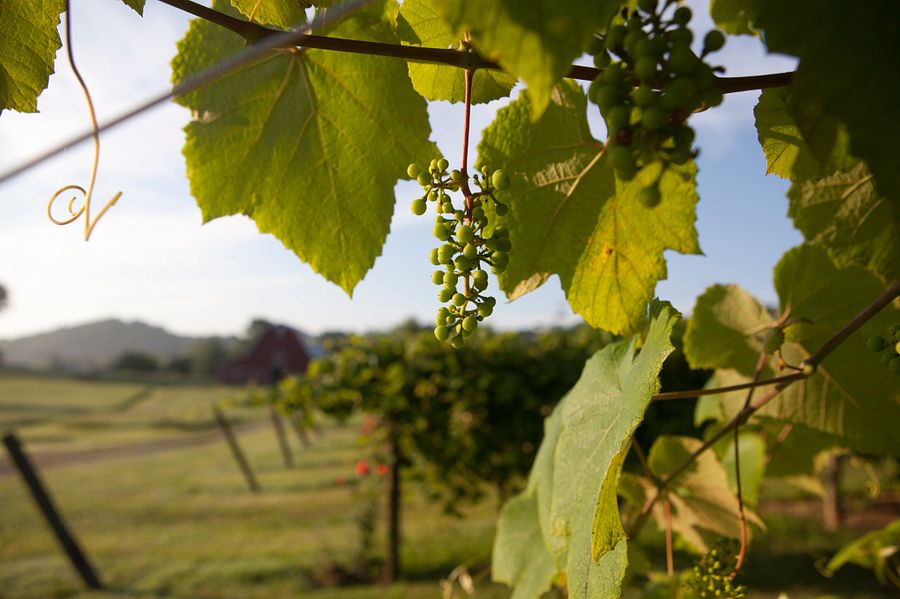
.jpg)
